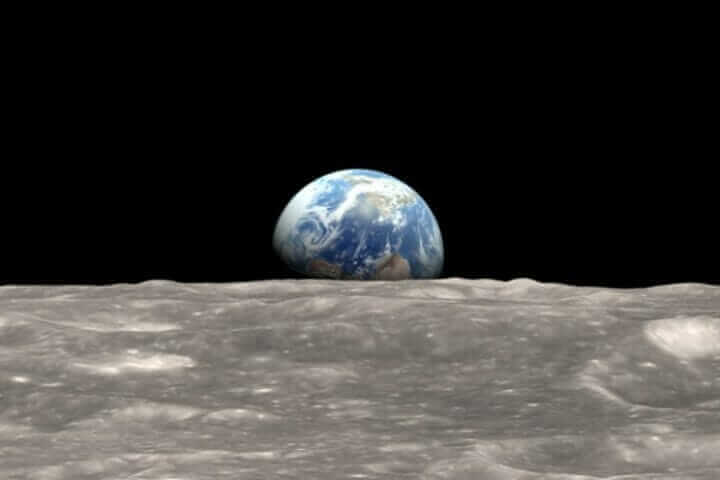
Over the past few weeks, the entire world has been celebrating the 50th Anniversary of the 1st humans to step foot on the moon. The Apollo 11 Mission rocketed its way into the history books on July 16, 1969 – & on July 20th, 1969, Neil Armstrong took those first brave steps as he famously remarked “The Eagle has landed. That’s one small step for man – one giant leap for mankind.” Those words have echoed throughout the universe ever since, as proof that the USA was indeed the proud champion over the Russians, of the uber-competitive space race!

Even with the rudimentary technology that NASA had back in the 1960’s, they managed to do what most thought was impossible. Talk about long-distance video conferencing…Houston’s Mission Control was no huddle space! Can you imagine what that preeminent AV room would have looked like if they’d had today’s technology? They certainly would have taken advantage of Cloud-based conferencing like Cicso Webex, Blue Jeans, Starleaf, or Zoom. And – how different those view screens would have appeared it they’d had any one of today’s large display offerings, from companies like Planar, Philips, Biamp, LG, NEC, Samsung, to name a few. Truly an Audio-Visual Integrator’s ultimate dream project!
In addition to the obvious technological tools that were used to communicate & view their missions, NASA’s space program had to engineer many different types of devices in order to make that moon-shot & its other voyages possible – & to help make astronauts & their spacecrafts perform as comfortably & practically as they could. Thanks to the race to the moon, many of the conveniences that we enjoy & take for granted in our modern lives, are a direct result of NASA’s technological innovations*. Here’s a sampling…
- Wireless Headsets: Developed so that Astronauts could be handsfree, without having to worry about entanglement with wires.
- Camera Phones: Onethird of all cameras today contain the technology originally developed by NASA’s Jet Propulsion Laboratory, which was tasked with creating cameras small enough to fit into a spacecraft.
- Computer Mouse: Invented by a NASA researcher, resulting from their efforts to devise the best way manipulate data on a computer screen
- PCs: Conceived for use at NASA, the technology for Portable Computers was later introduced into the commercial market for the benefit of all mankind.
- Athletic Shoes: A former NASA engineer first pitched the idea for the technology behind what we now know as Nike Airs, for use in astronauts’ space boots.
- Memory Foam: Formulated by NASA to make pilots’ seats more comfortable.
- Foil Blankets: The thin metallic sheets we see today used to envelope runners after a marathon, (& used in other extreme Earthly temperature situations), evolved from lightweight insulation material used to protect both people & spacecrafts while in space.
- Home Insulation: Was originally devised by NASA to help protect against the extreme temperatures of space travel.
- FreezeDried Food: Necessary for space travel so as not to weighdown the cargo hold with “regular” food, this process allows the food to retain 98% of its nutrients, while weighing only 20% of its original mass.
- Baby Formula: Now contains a nutritional enrichment ingredient, produced as a direct result of the NASAsponsored research used to explore the nutrients needed for long space travel.
- Artificial Limbs: NASA’s innovations for use with extravehicular activities are currently being adapted to create more functionally dynamic artificial limbs for humans.
- ScratchResistant Lenses: The diamondhard coatings developed for aerospace systems is the same technique now used to protect our spectacles.
- …and so many more…
*Much of this information was culled from NASA’s Jet Propulsion Laboratory
CAPTUS SYSTEMS salutes the men & women of the Space Program – from yesteryear through today! It is because of the herculean efforts of the countless teams of scientists, engineers, researchers, mathematicians, technicians, explorers, & astronauts – that not only did we make it to the moon – but we as private citizens also benefit from the fruits of their labors. As is stated by Leland Melvin, Engineer & Retired NASA Astronaut, “It’s all about team work & crossing boundaries – & communicating in ways like we’ve never done before.” Here’s to the next big adventure…to infinity & beyond!
CAPTUS SYSTEMS – always on the cutting-edge of Modern AV Technology Solutions!